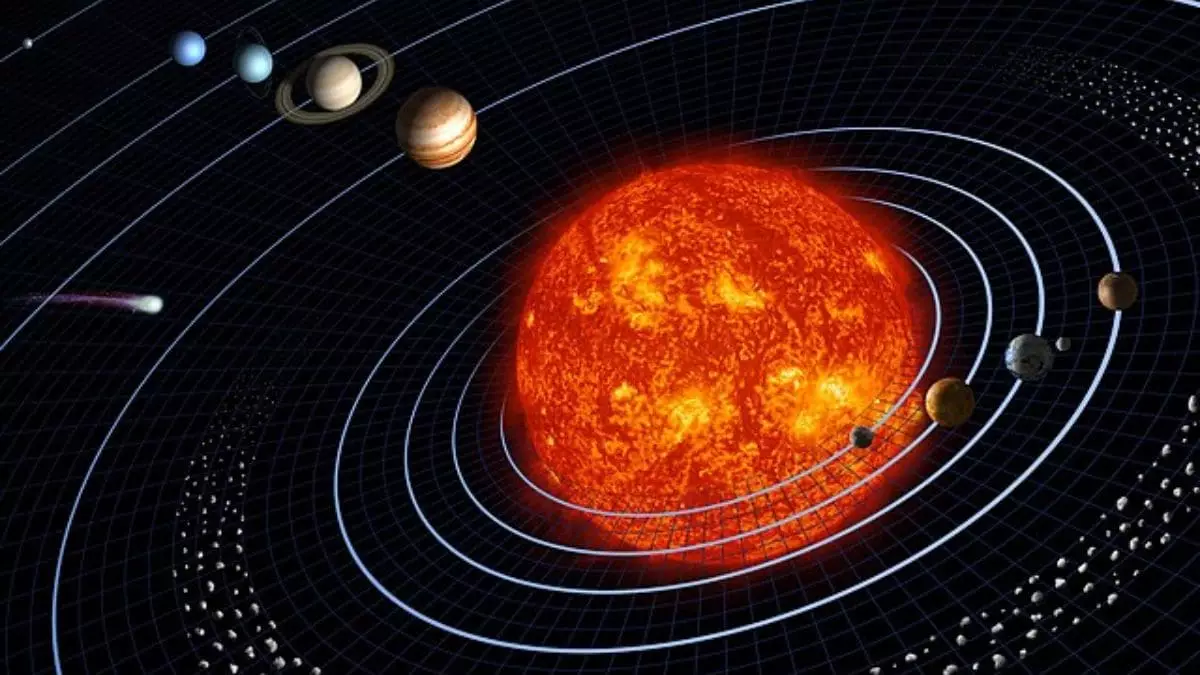For decades, the narrative of planetary formation has rested on a relatively conservative timeline, positioning the inner planets—Earth, Mars, and their siblings—as early constructors in the solar system’s grand story. Conventional wisdom suggested that water-rich giants like Jupiter and the rocky worlds closer to the Sun formed sequentially, with the more distant planets materializing several million years after their inner counterparts. This framework, rooted in thermodynamic principles and compositional differences, has shaped our understanding for generations. However, emerging evidence from a modest meteorite—barely 50 grams in weight—calls into question this tidy chronology. This tiny celestial fragment, Northwest Africa 12264, appears to rewrite the story, suggesting that planetary building blocks across the entire solar system emerged in a far more synchronized manner than previously thought.
Unveiling New Evidence: The Meteorite’s Age and Origin
The significance of this meteorite lies not only in its age but also in what it reveals about the formation process at the dawn of our solar system. Using advanced isotope analysis, scientists have dated Northwest Africa 12264 to approximately 4.564 billion years, a period remarkably close to the formation ages of the earliest crustal material on terrestrial planets. This finding is astonishing because it undermines the assumption that outer solar system bodies, enriched with water and ices, lagged behind their inner counterparts. The isotopic signatures—specifically chromium, oxygen, and lead isotopic ratios—place its origin in the outer reaches beyond the asteroid belt. Its nearly simultaneous formation with inner planetary crusts suggests a rapid, widespread assembly process that defies the previous models emphasizing gradual accretion in the colder, outer zones.
Implications for Our Cosmic Perspective
This discovery extends beyond the confines of our solar system, resonating within the broader field of exoplanet research. Observations of other star systems show that planetesimals, the building blocks of planets, often form swiftly and across considerable distances. The apparent simultaneity in the formation of rocky worlds hints at a commonality in planetary genesis that might be universal. If rocky planets can coalesce quickly in diverse environments, then our understanding of where life-supporting worlds may exist broadens significantly. It invites us to reconsider the processes that gave rise to Earth and other habitable planets, emphasizing a more dynamic and perhaps more widespread pattern of planetary development in the galaxy.
Questioning the Foundations of Planetary Chronology
The implications of this meteorite go beyond reconciling chronology; they challenge the very framework upon which planetary science was built. The idea that water-rich bodies should take longer to form due to the complex differentiation processes associated with ice and water appears to be overly simplistic. Instead, this evidence suggests that the early solar system was a more tumultuous, rapid environment, where planetary structures emerged swiftly regardless of volatile content. This shift in perspective forces scientists and astronomers to revisit foundational theories and consider new models that accommodate a more rapid and intertwined planetary birth. Ultimately, the implications ripple outward, calling into question long-held assumptions about how planets—and perhaps life itself—arise within our universe.


Leave a Reply